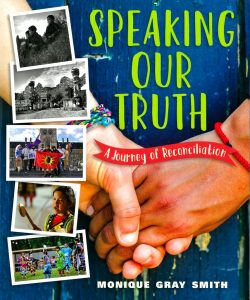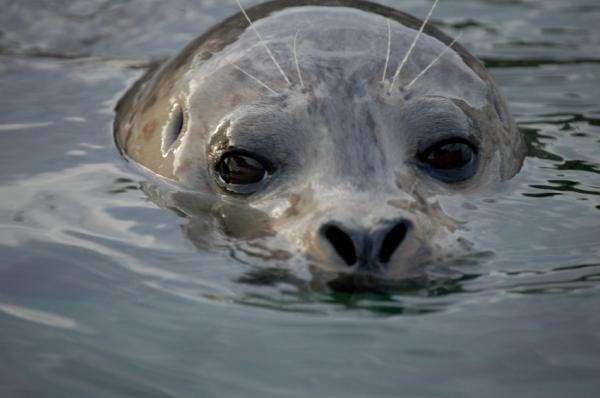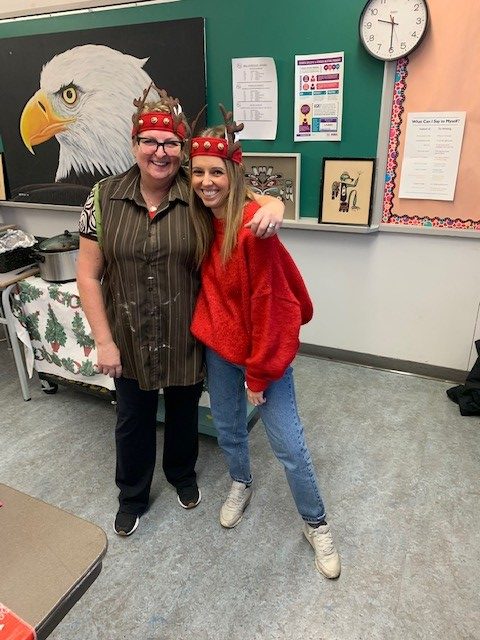Haluci- Nation, formaly known as a Tribe Called Red, is a DJ Duo based in Toronto that blends electronic music with traditional indigenous music and culture. They replace the airhorn heard in much of todays electronic music with druming and vocal chanting. The group has become a staple on the live music scene here in Canada, having won many national music awards.
They have been using their music to promote indigenous culture and language, but also to be critical of colonial Canada. In one track, they even sample Romeo Saganash’s passionate speach in the house of commons, when he exclaimed that Prime Minister Trudeau Should tell the truth to indigenous people, that he “doesn’t give a F*** about their rights.” They have even more recently released a track called Land Back in which they support the Wet’suwet’en First Nations opposition to the Coastal Pipeline in BC.



